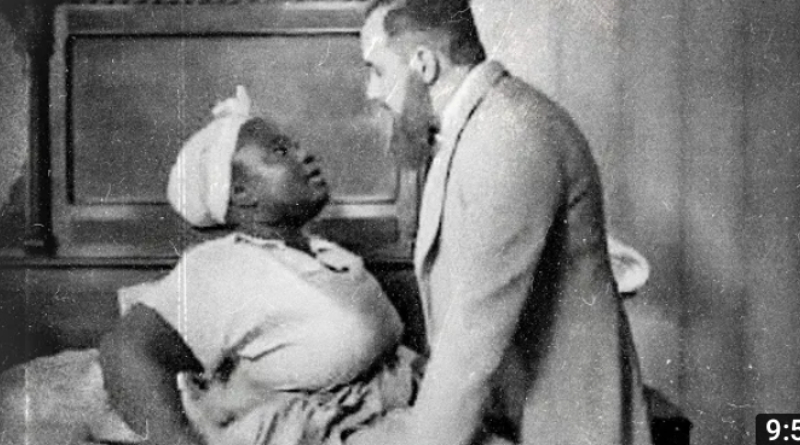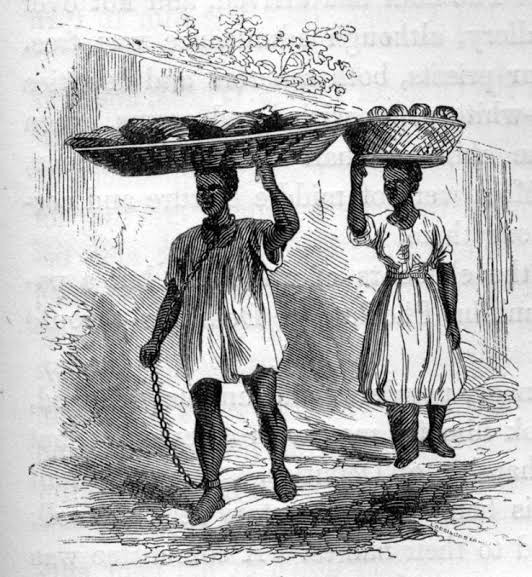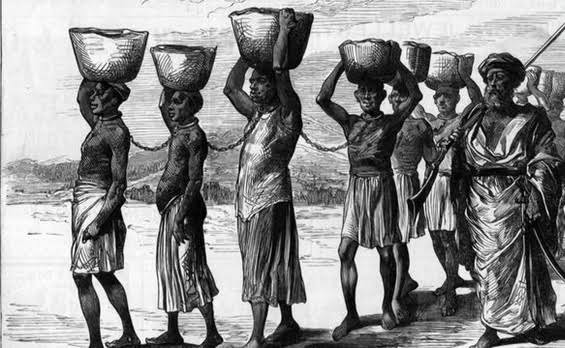
Here is a small history of what happened during the slavery era
Slavery: A Portuguese slave ship, the So Joo Bautista, crossed the Atlantic Ocean in 1619 with a hull full of human cargo: captive Africans from Angola, in southwestern Africa.
The men, women, and children, most likely from the kingdoms of Ndongo and Kongo, endured the perilous journey to Mexico, where they would live as slaves.
By the time the ship was captured by two English pirate ships, nearly half of the captives had died; the remaining Africans were taken to Point Comfort, a port near Jamestown, the capital of the English colony of Virginia, which the Virginia Company of London had established 12 years earlier.
A “Dutch man of war” visited the colony in August 1619, according to a letter from colonist John Rolfe to Sir Edwin Sandys of the Virginia Company, but “brought nothing but 20 and odd Negroes, which the governor and cape merchant bought for victuals.” The tobacco fields that had recently been established in the area were likely where the Africans were assigned to work.
Africans and Europeans had been trading goods and people across the Mediterranean for centuries, so forced labor was not uncommon, but enslavement had not been based on race. A system of slavery that was commercialized, racialized, and passed down through the generations was introduced by the trans-Atlantic slave trade, which dates back to the 15th century.

Slaves were not considered to be human beings at all, but rather as commodities to be purchased, sold, and used for profit. The sale of the “20 and odd” African people laid the groundwork for what would eventually lead to slavery in the United States, despite the fact that African Americans, both free and enslaved, had arrived in North America as early as the 1500s.

Black people who were sold into slavery came from various nations and ethnic groups in Africa. Despite arriving without anything, they brought memories of loved ones and communities, moral principles, intellectual curiosity, artistic abilities and cultural practices, as well as religious beliefs and expertise. They used these memories to infuse new practices with old ones in their new environment.
SOURCE: www.ghnewslive.com






